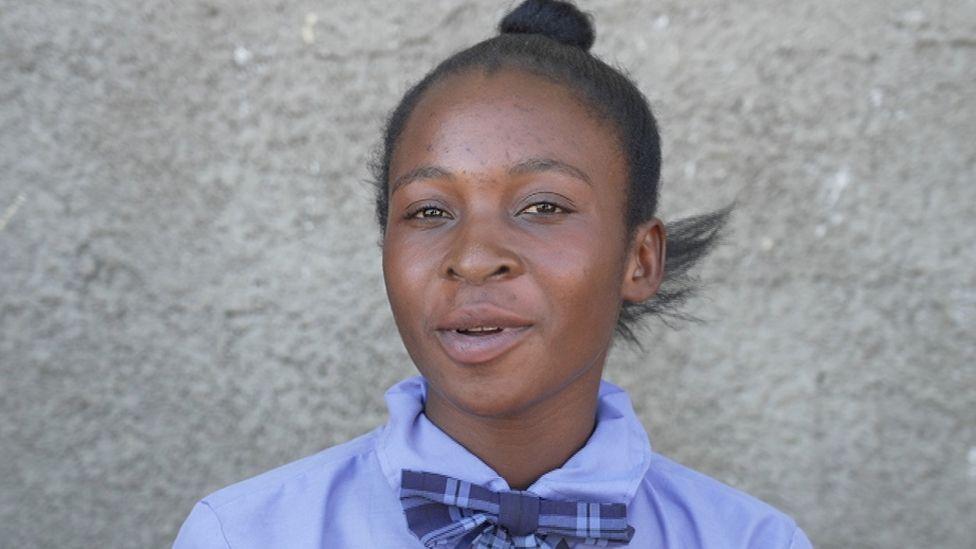It is 7am on a cold winter morning and a group of pupils have just arrived at Chanyanya Primary and Secondary School, just over an hour’s drive southwest of Zambia’s capital, Lusaka.
“You have to come to school early because there is a shortage of desks,” says 16-year-old student Richard Banda. “Two days ago I came late and I sat on the floor – it was so cold.”
His discomfort is a manifestation of the lack of resources and overcrowding that result from the fact that free primary and secondary education is provided here.
The school is situated on a site with 10 classrooms arranged in a horseshoe shape around a playground, where acacia trees and plants sprout from the sandy soil.
The rays of the early morning sun are caught in a cloud of dust thrown up by boys and girls sweeping the classrooms.
Just before the bell rings, one of the students sprints to the middle of the schoolyard and hoists the Zambian flag on a high pole.
These early-day rituals have become part of a new routine for two million additional children who have been able to attend public schools without having to pay since 2021, as the government made education free for all.
But experts say overcrowding threatens the quality of education without sufficient investment in infrastructure, especially for students from low-income families.
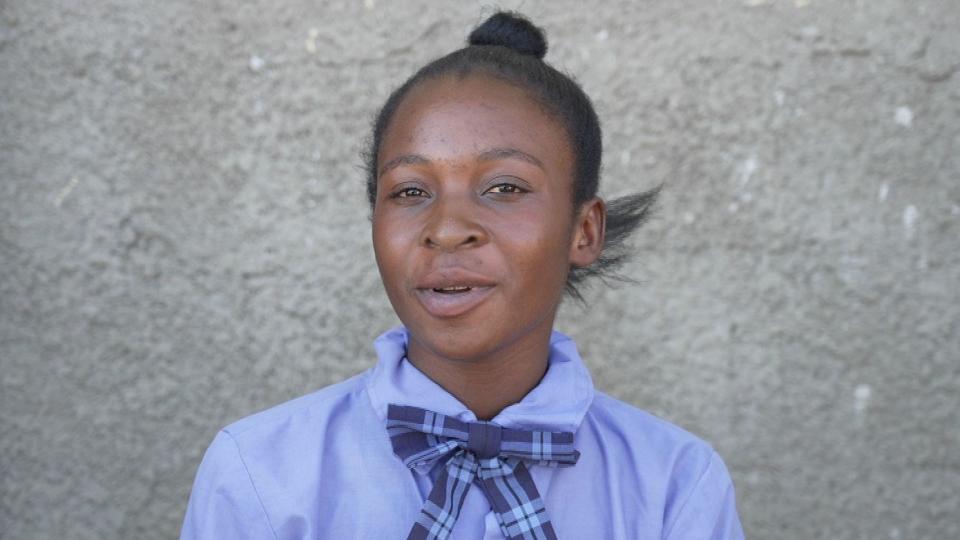

“I dropped out of school in 2016 when I was in fourth grade,” says 18-year-old Mariana Chirwa, wearing Chanyanya’s girls’ uniform, a light blue shirt with a checked bow.
“Without free education, I don’t know how my parents would have managed to send me back to school. They don’t work and just stay home.”
A poster of class sizes on the wall of the principal’s office shows the challenges schools like Chanyanya face.
In one of the classrooms, 75 boys and 85 girls sit in a space that normally only fits 30 students.
“When I started in 2019, I had about 40 students, but now there are about 100 and that’s just in one class,” says 33-year-old teacher Cleopatra Zulu.
“Every day we get new students thanks to free education. Talking one-on-one is difficult, even marking is a challenge. We have even reduced the number of subjects we teach them.”
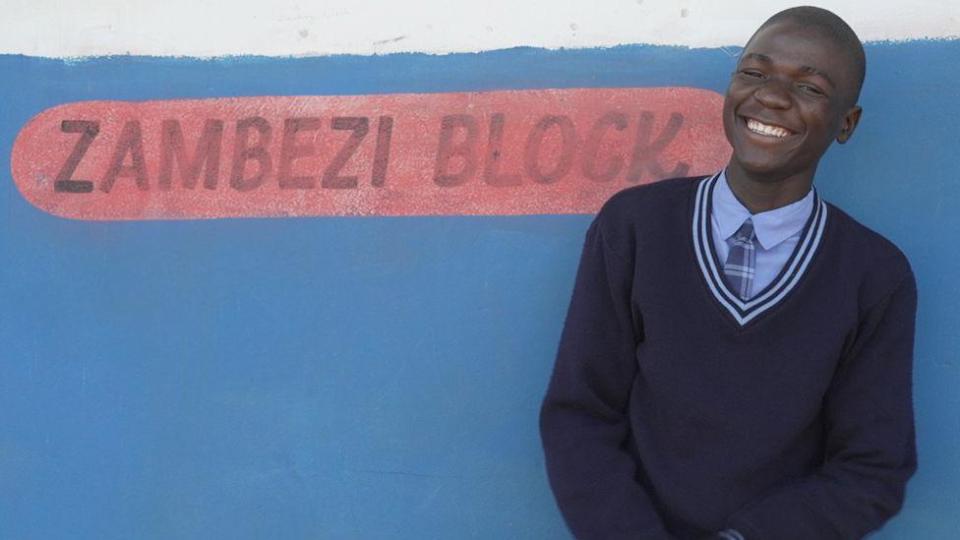

The experience of student Richard Banda reflects this.
“We don’t learn the same way anymore as when we were paying, there is a small difference,” he tells the BBC.
“When we were few, the teacher would explain a subject again if you didn’t understand it, but now that we are many, the teacher doesn’t repeat it again. That’s the difference.”
The increase in the number of pupils is reflected throughout sub-Saharan Africa, where more children are attending school than ever before, according to UNICEF, the UN children’s agency.
But because nine out of ten primary school students in the region still struggle to read and understand simple texts, the focus of policymakers is now shifting to the quality of education, hiring qualified teachers and physical infrastructure and resources.
“If you are not seated properly in a classroom, it affects the way you pay attention to the lesson and the way you take your notes,” says Aaron Chansa, executive director of the National Action for Quality Education in Zambia (NAQEZ), which is consulted by the government.
“We see students entering high school who are not yet able to read well,” he says, adding that there are problems across the country.
“In Eastern Province we have more than 100 students in one class. This has also deteriorated the book-student ratio. In some cases you see six or seven students fighting over one book.”
The government says it is listening and taking steps to address the challenges posed by making education free.
“This is a good problem,” says Education Minister Douglas Syakalima. “I would rather have children in a crowded classroom than on the streets.”
“The president has launched mass production of desks, massive infrastructure is being built.”
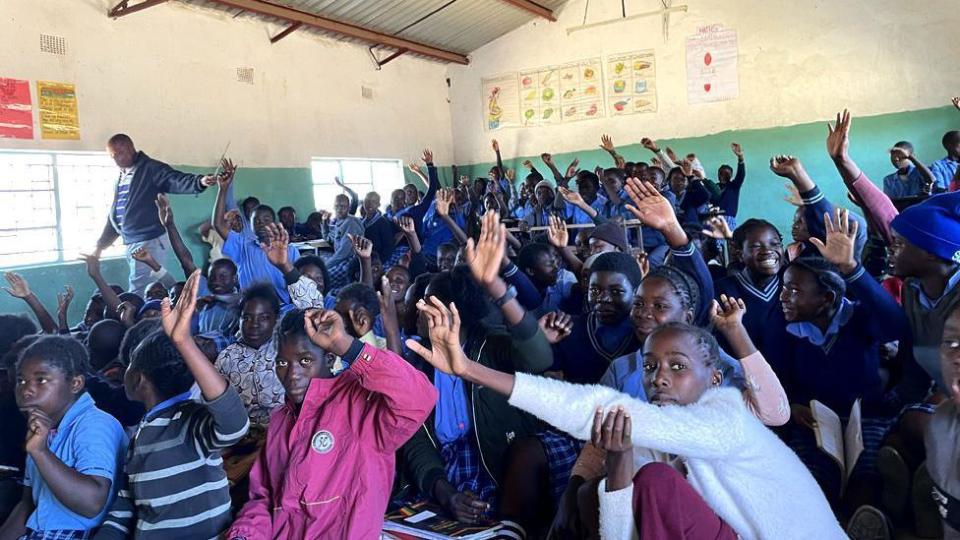

Zambia has invested more than $1 billion (£784 million) in the education sector since introducing free education three years ago, a much-needed boost after years of declining spending on the sector as a percentage of GDP.
The government has announced plans to build over 170 new schools and aims to hire 55,000 new teachers by the end of 2026. Of these, 37,000 have already been hired.
The move has created new jobs, but has also led to a housing shortage in rural areas. Some teachers report having to live in grass-roofed houses and share pit latrines, which are at risk of overflowing.
“When it’s the rainy season here, you don’t really want to visit us,” said Ms Zulu, who lives on the school grounds and remembers worrying about the risk of cholera during the rainy season. the outbreak earlier this year.
Just outside her home, a large stain of dried shower gel marks the spot where one of the residents had previously been out in the open, with privacy only provided by the pre-dawn darkness.
“The houses we live in are more like a death trap,” says Ms Zulu. “The government should do something about the houses, especially the toilets.”
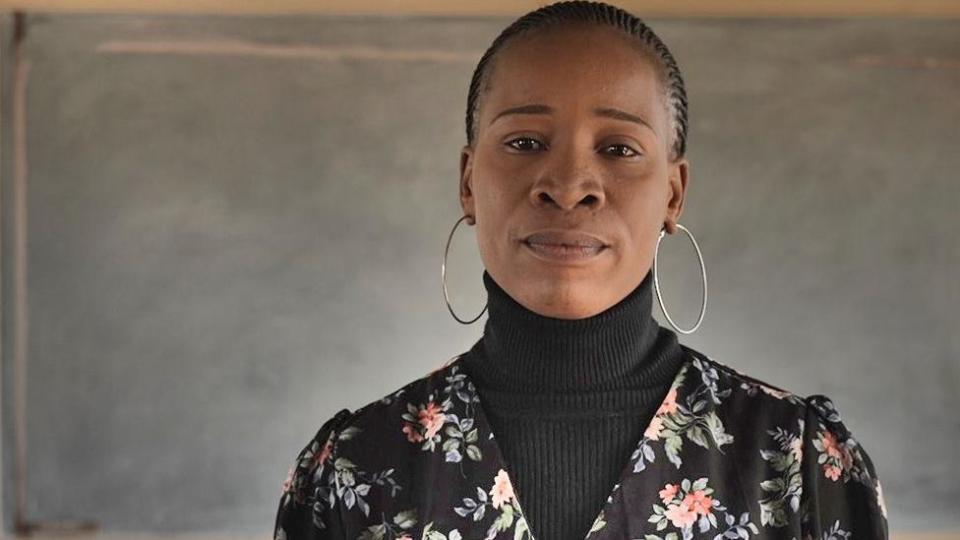

Some families are concerned about learning outcomes and have quietly taken action.
Robert Mwape is a taxi driver from Lusaka.
In 2022, he transferred his 11-year-old son from the private school he was attending to a public school to receive a free education, but he soon regretted it.
“I noticed that (my son’s) grades were going down. So one day I decided to visit the class. There were too many. You know how young people are – there are so many, they waste time talking. The teacher couldn’t concentrate the whole class.”
The following year, Mr. Mwape, who did not want us to use his real name, reversed his original decision. His son is now 13 and back in private school.
As Zambia slowly recovers from a sovereign debt crisis in 2020, some experts have raised doubts about the sustainability of the free education policy.
A 2023 report by the Zambia Institute for Policy Analysis and Research found that if all eligible students take up the offer of free education, government spending is expected to double, “raising questions about the commitment of subsequent governments to continue the policy”.
But the Education Minister says he is confident the government can cover the costs.
“I don’t see (the challenge) myself. Education is the best economic policy,” says Mr. Syakalima.
Making schools free is widely seen as a first step in giving young Zambians a fair chance at a better future.
The country’s experiences so far show the challenge of managing a growing number of students while maintaining the quality of education they receive.
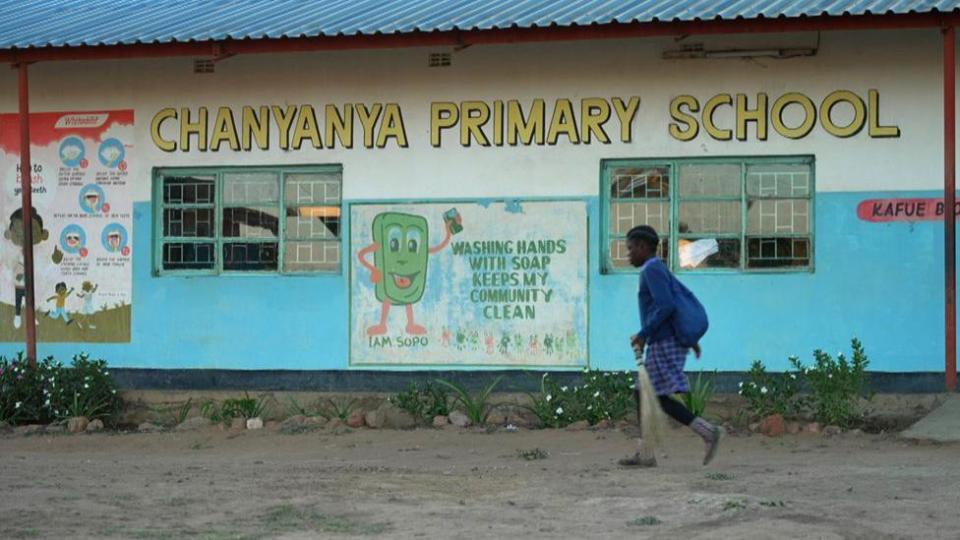

You may also be interested in:


Go to BBCAfrica.com for more news from the African continent.
follow us on twitter @BBCAfricaon Facebook on BBC Africa or on Instagram at bbcafrica
BBC Africa Podcasts

